In this review broad “joining” processes of dissimilar metallic materials by both experimental and modeling approaches are summarized.
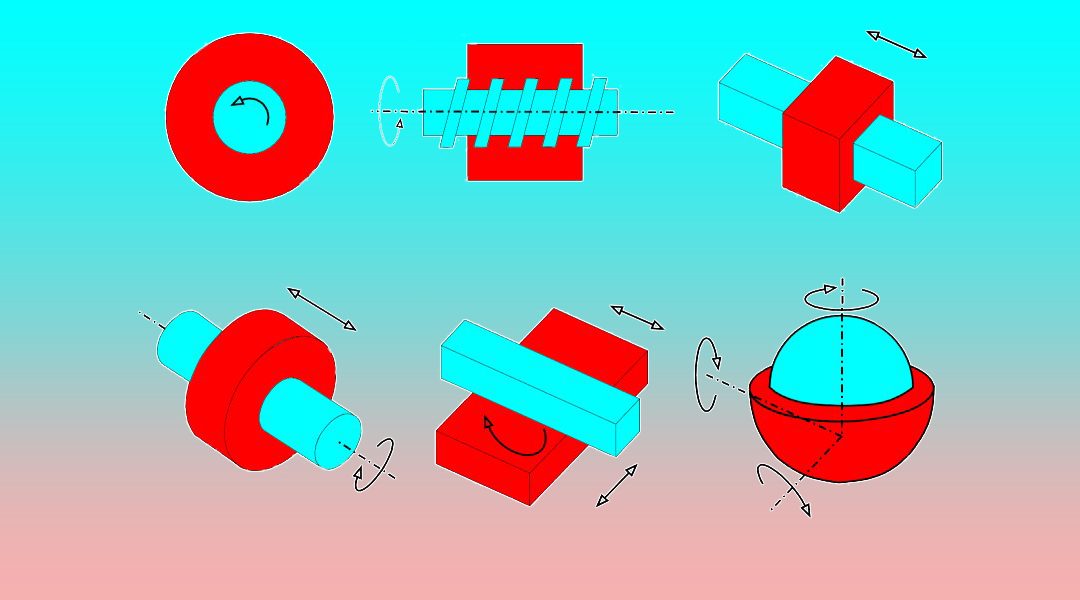


In this review broad “joining” processes of dissimilar metallic materials by both experimental and modeling approaches are summarized.
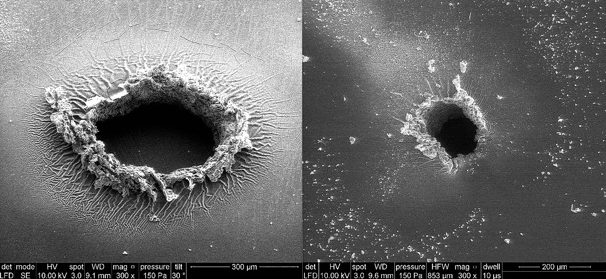
Mechanical and electrical characterization of silicone-based dielectric elastomer films is used as a means to evaluate the homogeneity of the films.

Finite element models with random void defects are constructed to analyze the progressive damage behaviour of C/C braided composites subjected to uniaxial tension.
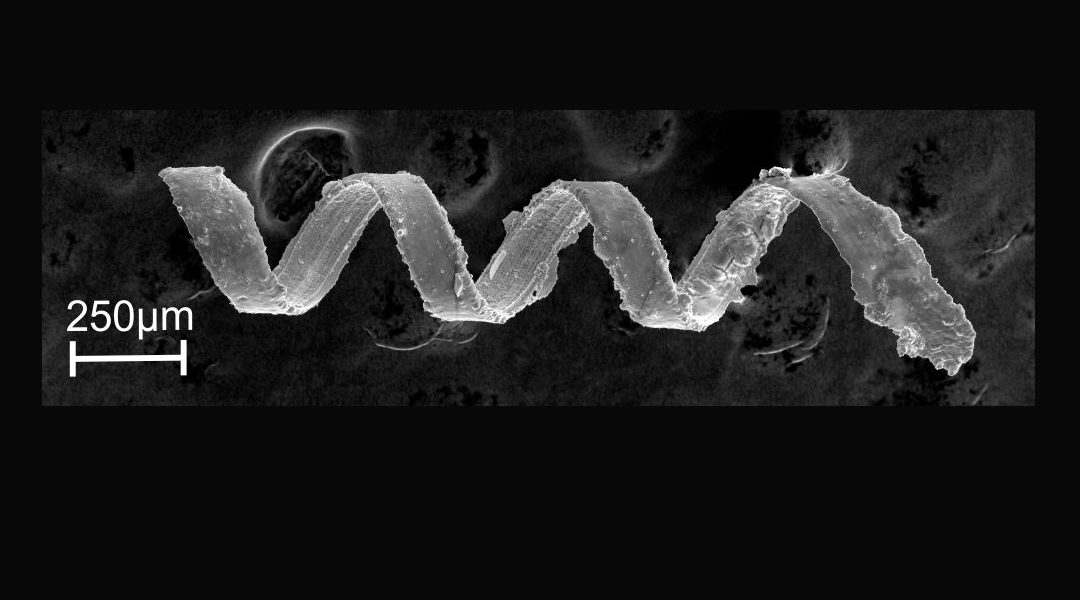
The fabrication of microhelices with semi-hard-magnetic characteristics using template-assisted electroforming is reported.
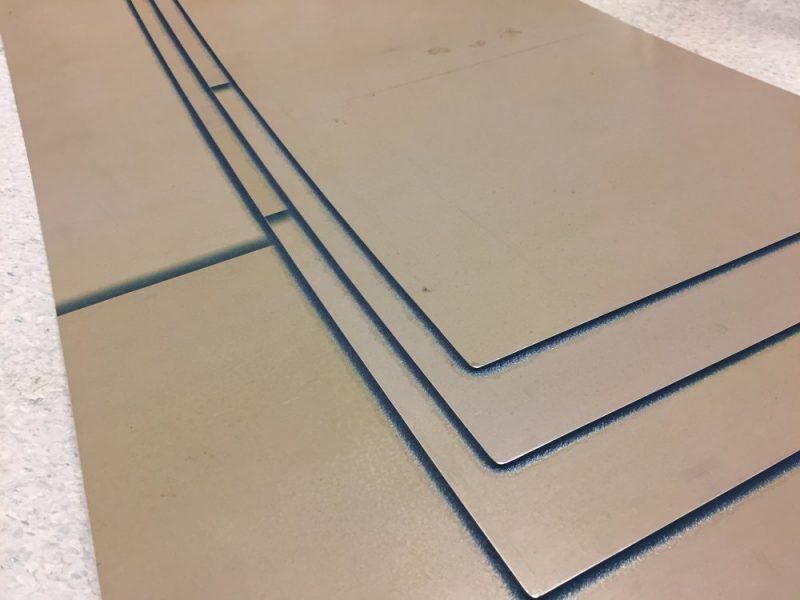
To increase the structural efficiency of composite aircraft requires further optimization of aeronautical structures to maximally exploit the material performance.
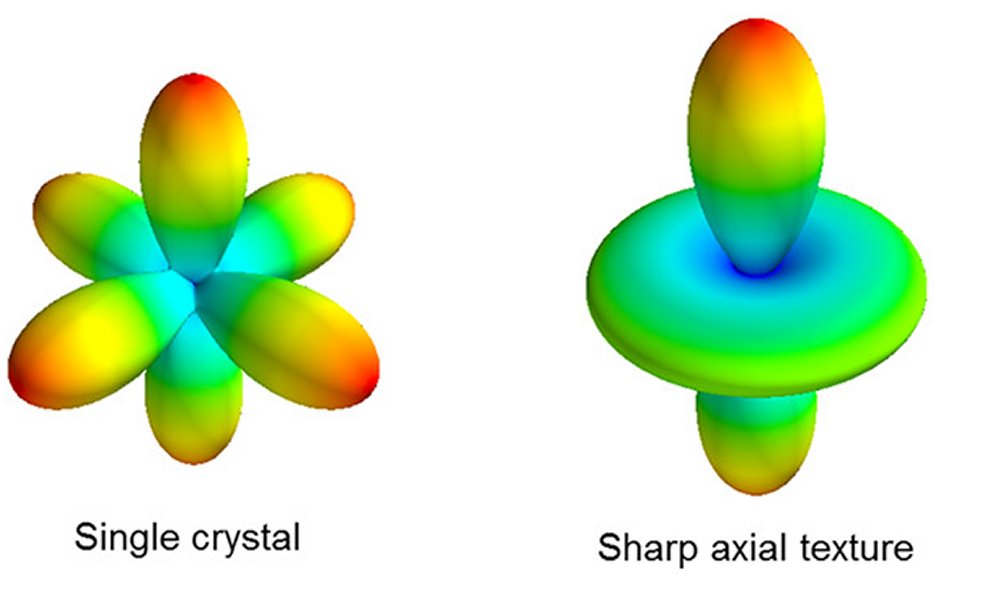
This Special Section of Advanced Engineering Materials presents reviews and original research on topics related to the texture and microstructure of engineering materials.
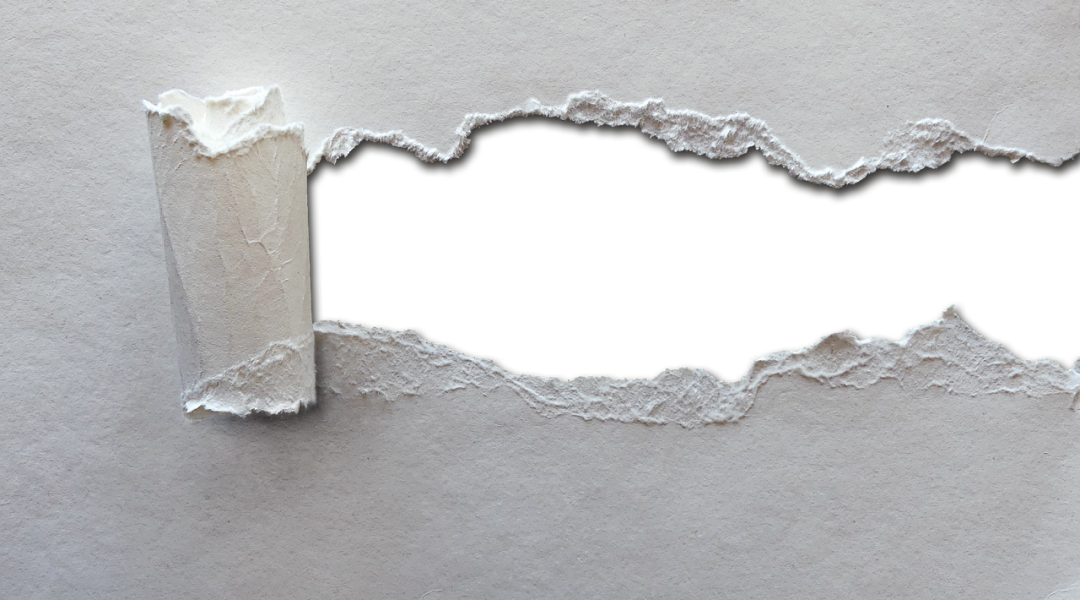
The ability to fabricate a multilayer functional ceramic with tailored pore structure using the preceramic-paper technology in conjunction with calendaring, lamination and sintering is demonstrated.
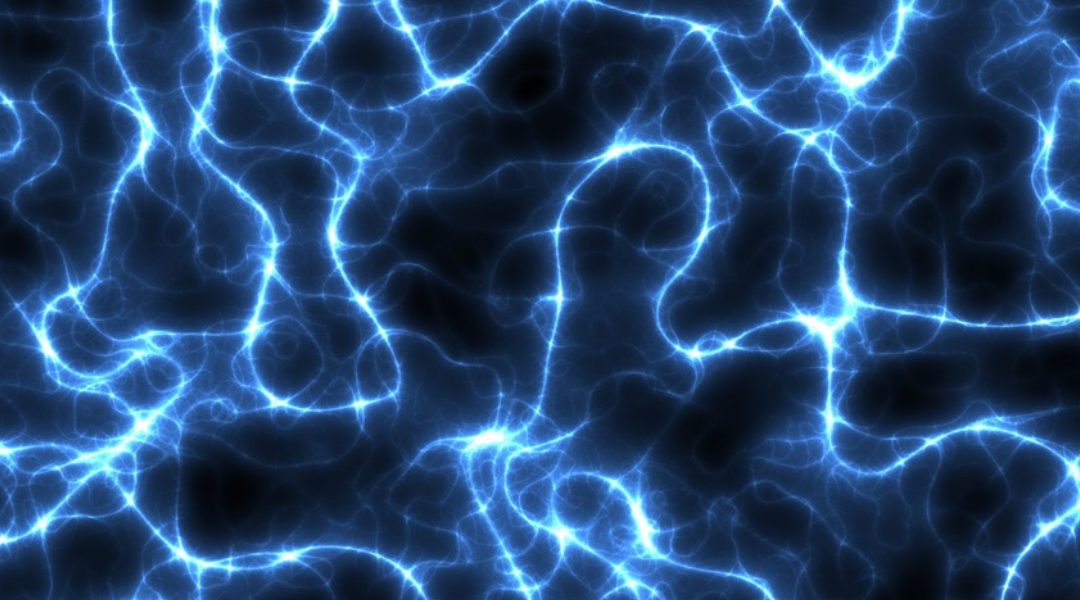
Strain-sensitive ‘smart’ materials that can monitor their own strain and internal damage state.
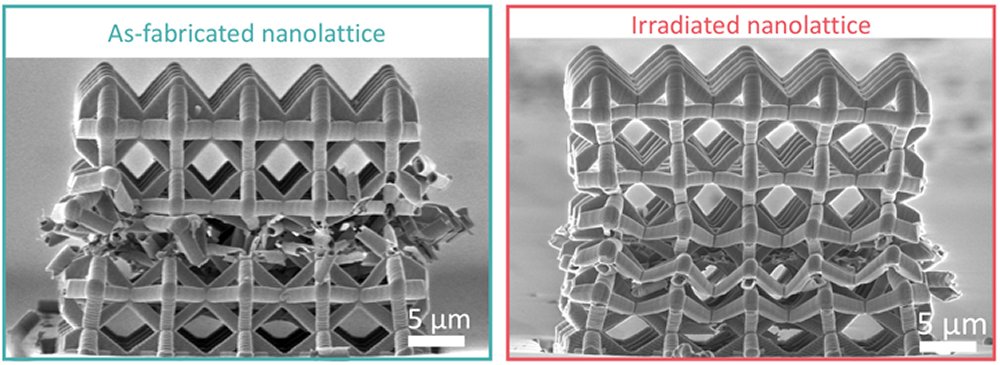
3D metallic glass nano-lattices are fabricated which are composed of hollow beams of sputtered metallic glass and which are 20 times lighter than their bulk-level counterparts.
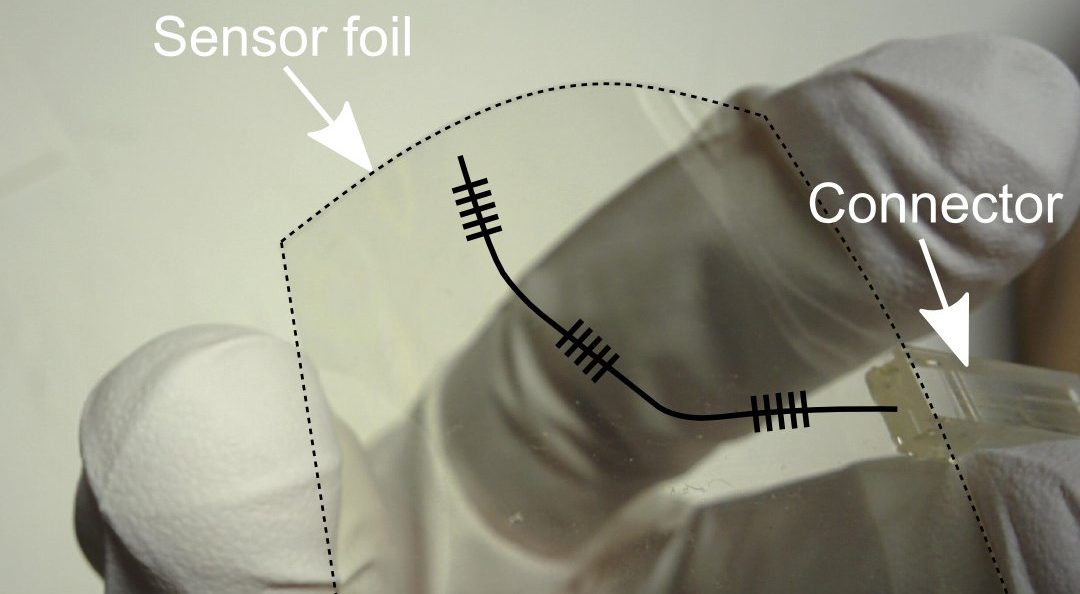
A sensor foil made from polymers withstands bending to a radius of 11 mm, and elongation by 1.4% without losing functionality.